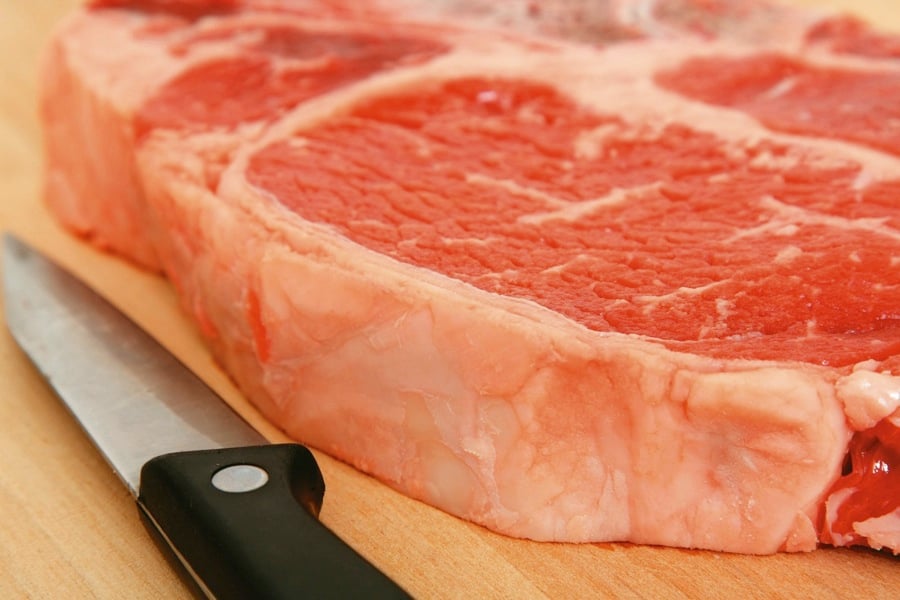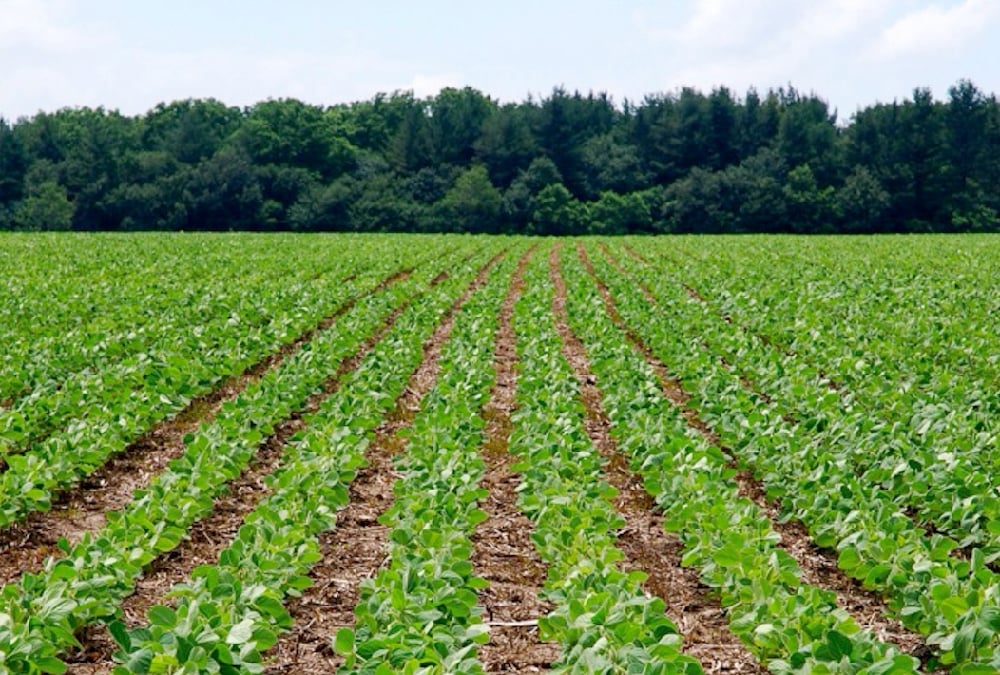Opinion: The protein shortage problem is real

The world has a protein problem. To be more precise, it has a protein shortage problem.
Read Also

Breeding more resilient soybeans may come down to test site selection
In the quest to optimize crop productivity across environments, soybean breeders test new cultivars in multiple locations each year. The…
Once digestibility and amino acid balance are considered, there is actually less protein than what’s needed to satisfy human requirements.
This shortage can only get worse in coming years with rising populations, a desire by a growing middle class for more protein in their diets, and production challenges resulting from climate change.
In short, the world needs all the good protein we can produce.
There are several new and emerging protein sources, but the world has not agreed on the metrics with which to compare them.
Plant-based “meat” has been around for 50 years, initially created as a cheaper alternative to meat but most recently marketed as a premium product. Cellular agriculture is attracting billions of dollars of venture capital, yet faces significant challenges to be a meaningful source of protein.
A new “hybrid” approach has rice seeds coated with bovine muscle or fat cells that are then grown to produce “beef rice”, for example. Unlike plant-based or cellular, the hybrid approach does not attempt to create a meat-like product.
Development of all protein options should be supported. Likewise, all protein sources should be evaluated head-to-head on a lifecycle basis.
Early data comparing greenhouse gas emissions from agriculture to those from the transportation sector were unfair because a full life cycle approach was used for agriculture but not for transportation.
Let’s not make the same mistake, accidentally or deliberately, when considering something that is literally life and death for humans. It is currently impossible to make an accurate comparison across animal, plant-based, cellular and hybrid proteins.
A life cycle comparison for protein sources would provide accurate data, using a consistent unit such as amount of balanced protein required by an adult in a day. Points of comparison would include energy, water and land required; waste and byproducts created; impact on the environment (including soil health); economic return to the province; impact on society (rural and urban); impact on food security (via supply and price); and impact on human health.
Perhaps the metric that has received the least study is impact on human health. Recent work at the University of Guelph by Dr. Michael Rogers highlights the importance of digestion in the human. His work demonstrated that not all proteins digest the same.
Animal products develop with protein and fat intertwining to form muscle. When digested, the bonds break down and components are released slowly.
This is not so for other protein sources that involve the manufacture of “meat” by having protein and fats stuck together rather than intertwined. In that case, the bonds break quickly, leading to a flood of fat into the digestive system.
This has been shown to have negative effects on the microbiome further down the digestive system.
We need a new research model to address this problem of accurately comparing protein sources.
Traditionally, research has been focused by sector (beef, pork, cellular) but also by discipline (animal science, food science, human nutrition).
Today we need a cross-sector, cross-discipline approach to study proteins for the best, most accurate outcomes.
Working with all stakeholders, a well-funded group of researchers should be given two objectives:
- Take a cross-sector, cross-college/discipline, holistic and scientific approach to understanding protein options for human consumption.
- Enable the comparison of protein options (animal, plant-based, cellular, hybrid) and include all relevant factors (impact on human health, GHG emissions, negative and positive impacts on environment, economy, etc).
Successful outcomes from this initiative would be measured as:
- Documentation and increased consumer awareness of data regarding all aspects of the different protein choices.
- Increased food security through increased protein production.
- Increased jobs and contribution to GDP (both domestic and exports).
- Lower negative environmental impact (e.g. GHG).
- Increased positive environmental impact (e.g. soil health).
- Improved human health.
This is not a small suggestion. It involves big change for all involved — researchers, producer groups and companies involved in alternate proteins.
If we don’t do it, however, we risk looking back in 10 years wishing we had.
– Mike McMorris is Chief Executive Officer of the Livestock Research Innovation Corporation and has more than 35 years’ experience in the livestock sector working for government, producers and industry organizations. Follow LRIC on X: @LivestockInnov.
Source: Farmtario.com

